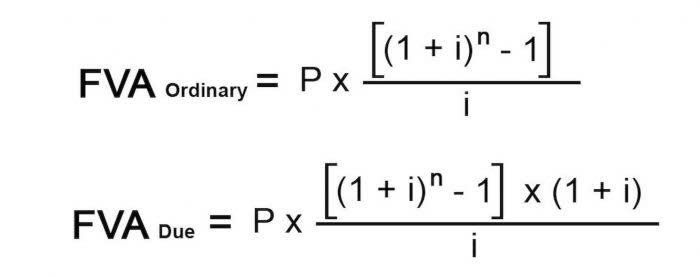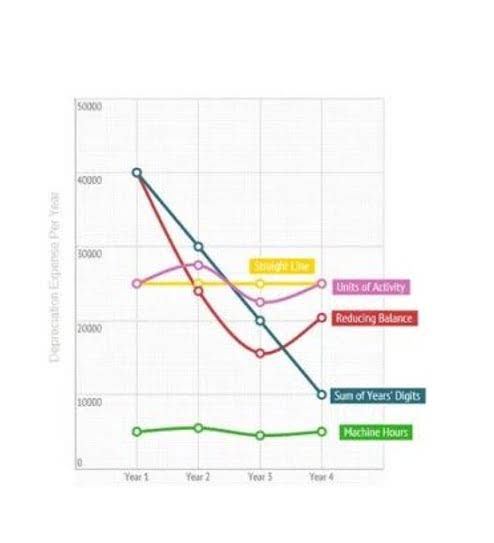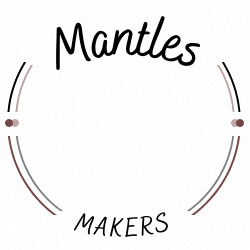
And unlike the mechanics lien, retainage is a very controversial topic amongst construction participants. Retainage is nine letters long, yet for most construction professionals, retention vs retainage it’s a four-letter debated word. In fact, not all contractors, subs and material suppliers are very keen about it, but retainage remains to be widely used across fifty states. In case contractors discover the retainage withheld from them is not paid to them after all contract terms are fulfilled from their side, they should act promptly to file a claim for retainage due.

Practices & Research
It’s fairly common, especially on commercial and public construction projects, and typically ranges from % of the total contract price. The practice dates back to the 1840s, dreamed up as a measure to reduce the owner’s risk and ensure that the project is fully completed according to the job specifications. Retainage is a crucial financial mechanism in the construction industry, designed to ensure that contractors and subcontractors complete their work according to agreed-upon terms. By withholding a portion of the contract amount until project completion, retainage helps mitigate risks and ensures that all work meets quality standards. However, it also presents challenges, particularly regarding cash flow and payment delays. Most construction contracts require the contractor to hold back a particular proportion of the contract amount (usually 5% or 10%) until the project is substantially completed.
Retention Bonds
Your Chart of Accounts is a fundamental part of good construction accounting and serves as the foundation for creating your balance sheet and P&L. By incorporating retainage receivables here, you’ll be able to accurately record and track holdback on each project you take on. For most contractors and subcontractors in construction, mechanic’s liens are a well-known subject. Liens allow contractors and subcontractors to leverage their right to payment. Funds can only be retained if the conditions of retainage are clearly outlined and agreed upon in the construction contract. Regardless of the terms, there are state laws that govern retainage.
What Is Retainage in Construction and Why Is It Important?
- Then if there’s an issue with your work or project, your client will benefit from the bond.
- Retainages are intended to address concerns that a contractor will not finish a project if full payment already has been made.
- Paying for a construction job is a lot different from most purchases.
- It can be used on any outstanding payment for work or materials already supplied, including retainage.
- From an owner’s perspective, retainage in construction serves as a form of security against potential risks such as contractor default or incomplete work.
The practice is also baked right into laws all across the world that regulate the types of contractual provisions that contractors can agree to. Most of these laws were created to regulate and create limitations on the practice, mostly to promote its fair use and to prevent its abuse. As a general contractor, you manage diverse responsibilities that draw from an extensive skillset.

This is an important distinction that contractors should keep in mind to avoid cash flow issues during the project. From an owner’s perspective, retainage in construction serves as a form of security against potential risks such as contractor default or incomplete work. Meanwhile, contractors can fairly argue that retainage poses a significant financial burden and cash flow issues for Bakery Accounting them. A surety bond is a three-party agreement that ensures the fulfillment of a commitment or contract. In bonding the construction company, Merchants assumes the risk should the company default or not fulfill their contract.
Building a Data Development Culture for Precision & Progress

Careful records should be kept to make sure all monies owed are paid on time and according to the construction contract. Retainage is an amount stated in the project contract to be withheld from payments in a construction project. The practice of retainage is meant to protect owners from paying for a project that does not get completed to the agreed-upon specs.

Retention can be highly taxing on your operations when you’re first starting, especially on large-scale initiatives. Establish cash reserves and a savings account as soon as possible to offset the burden retention places on your finances. This can help guarantee you have extra money available when you need it, such as when clients try to withhold funds after completing a job.
What’s worse is that subs may never receive their retention payments if the owner or GC goes bankrupt or out of business. A project management software can do and manage a variety of things for your construction business. It keeps track of your subs’ details, including invoices, payments, contracts, retention, changes orders, and the amount of retainage for the job. Hence, this software tool will give you sufficient information that helps you in generating your CARES Act subcontract agreements.

